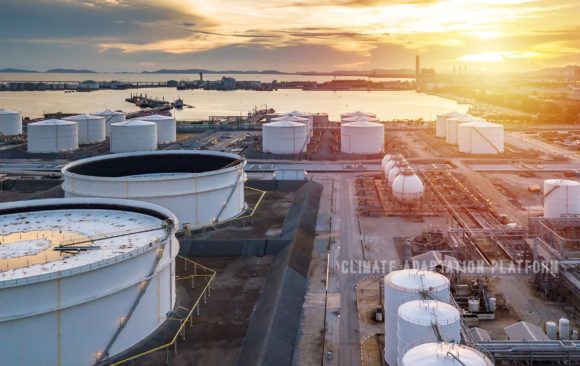
Absolute Disposal of Unwanted Energy Assets Needed
Know how oil companies eliminate their unwanted energy assets and where they end up. Does it reduce carbon footprints?

The Role Wetlands Play in Climate Change Adaptation and Mitigation
Wetlands can capture and store carbon long-term, more efficiently than tropical rainforests, vital for adaptation and mitigation of climate change.
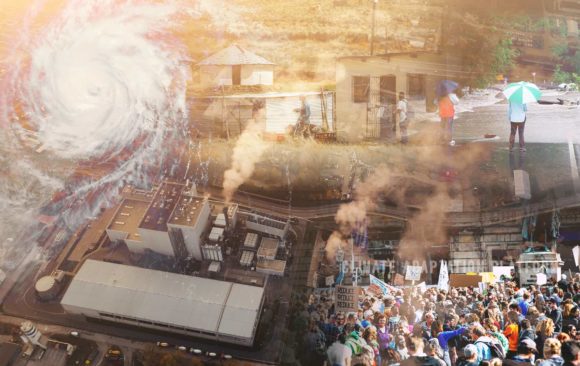
Climate Change Adaptation in Rural and Urban Areas
A study finds that local adaptation exceeds the national level, rural and urban areas have different adaptation measures and techniques.
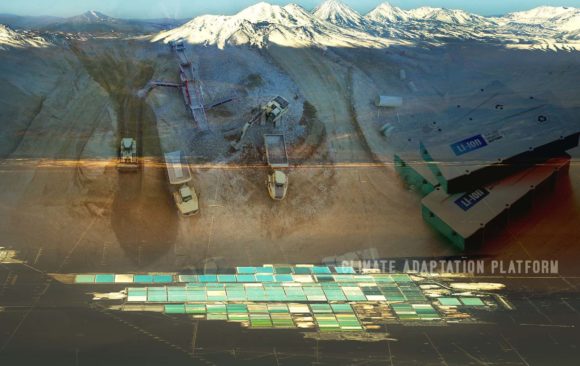
Sustainable Extraction of Lithium
Lithium is the most widely used element in making batteries for electric cars, mobile phones, laptops, etc. Sustainable mining is needed.
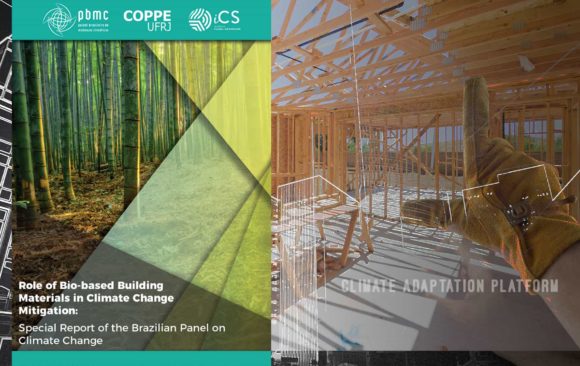
Construction Materials for Net-Zero Buildings
Achieving net-zero buildings will have to start with the building or construction materials which accounts for 11% of its total emissions.
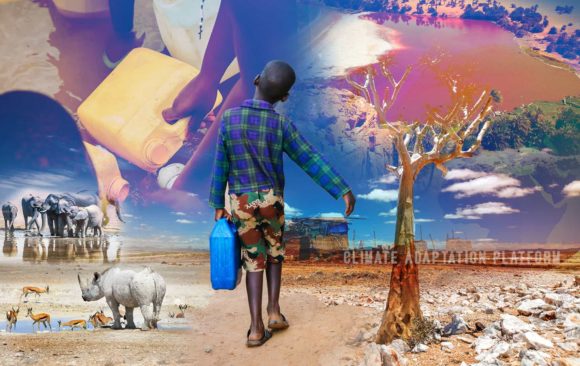
How Africa Is Dealing with Climate Change
Countries in Africa are vulnerable to natural disasters and climate change impacts. Leaders need to implement sustainable development.
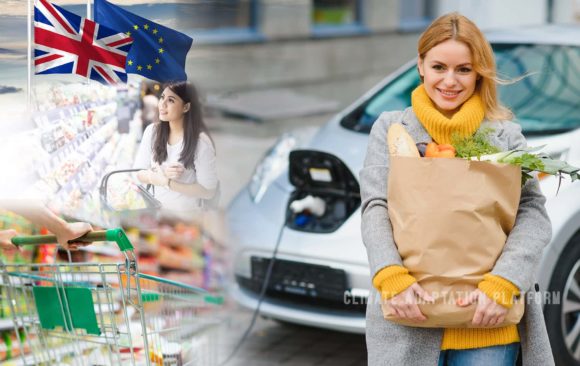
Making Consumers More Climate-friendly
Consumers will need considerable help from governments and companies to shift to better and more climate-friendly behaviours.
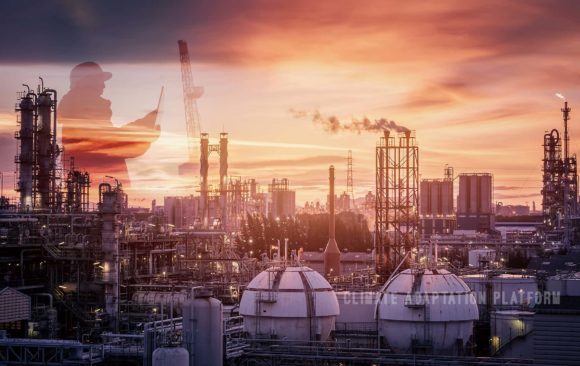
Can Oil Companies Achieve Net-Zero?
Big oil companies are investing in decarbonization and slashing emissions. This article shares how these oil companies can achieve net-zero.
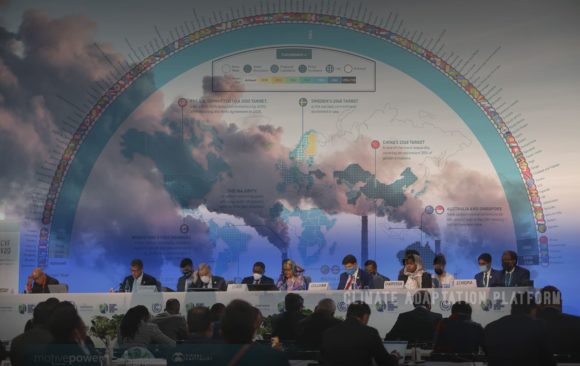
Tracking the Countries’ Climate Actions
Thanks to the Climate Action Tracker (CAT). We can monitor countries' climate action and how they are faring against the Paris Agreement.
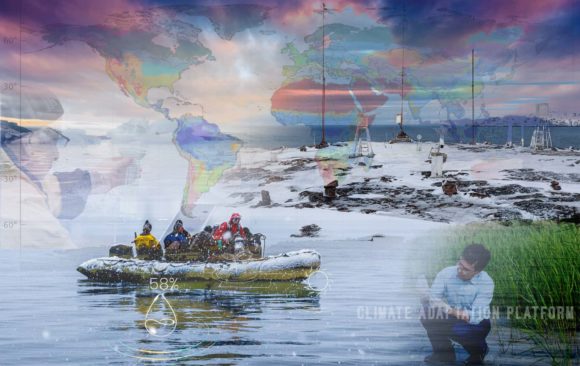
Climate Change Science and Research Opportunities in 2022 and Beyond
The Glasgow COP26 has revived the momentum of political and business communities in fighting climate change science and research.

How to Speed Up Net-Zero Transition
Achieving the scale and speed required to transition to clean energy requires strong multi-stakeholder partnership and cooperation.
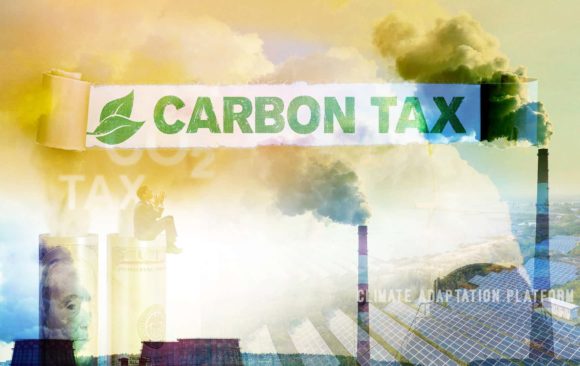
The Carbon Market and How it Can Work
Applying correct carbon pricing can encourage huge carbon-emitting companies and manufacturers to opt for low to zero carbon options.
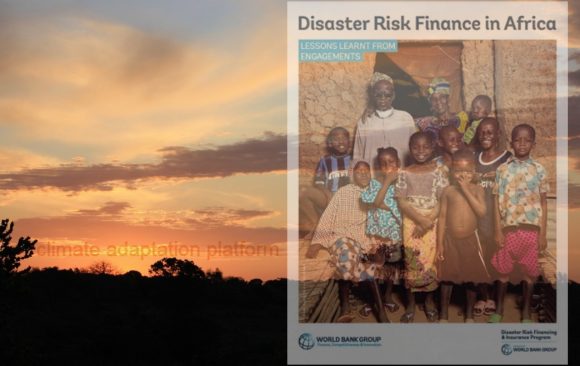
Disaster Risk Finance a Critical Climate Adaptation Solution in Africa
The Disaster Risk Financial and Insurance Program (DRFIP) help African countries become more financially prepared to face disasters.

Digital Twins, Wellington’s Award-Winning Model and their Value in Climate Adaptation
Wellington NZ's digital twin won US$1 million in a global tilt. Digital twins allow for evidence-based climate adaptation decisions.

Will South Korea’s Floating Cities be a Good Climate Adaptation Option?
Rising sea levels threaten Busan, like many coastal cities in Asia. To address this, the South Korean city is building a floating city.
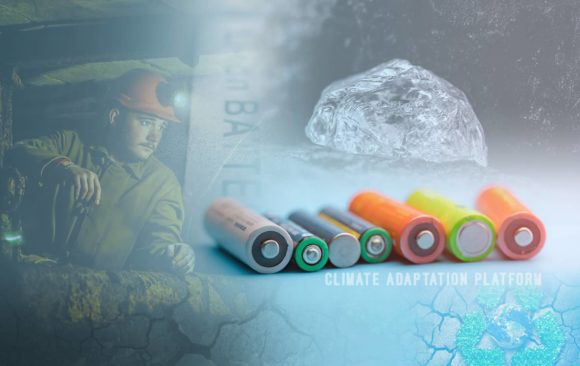
Using EVs Mitigates Climate Change But Lithium Mining Has Adverse Environment and Societal Impacts
Lithium mining for electric car batteries is often criticised for its adverse impacts on the environment and society.
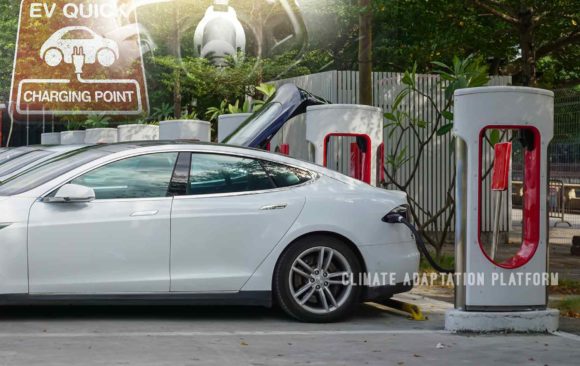
More EV Charging Infrastructure Needed
The current number of EV public chargers at 1.3 million is not enough to meet the demands for the rapidly increasing EVs on the road.
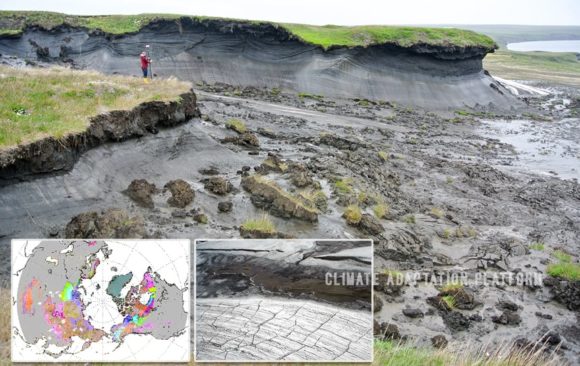
Climate Adaptation and Resiliency Amidst the Thawing Arctic Permafrost
As permafrost thaws away due to the warming climate, it poses threats to the environment, infrastructure, and human lives.
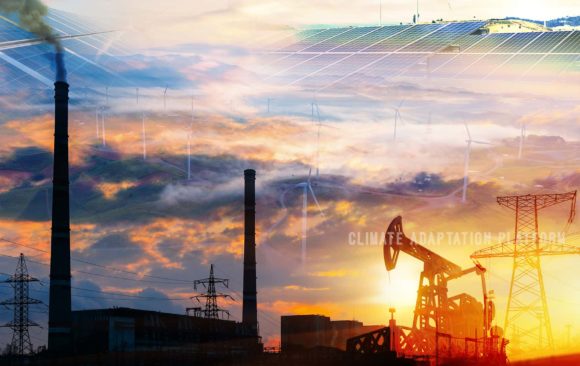
Can We Decarbonise the World’s Energy?
The energy sector is a major GHG emitter. Emission reduction is crucial for the planet in mitigating and adapting to climate change.

Climate Change Impacts Winter Tourism
Winter means skiing, one of the most loved winter sports and recreation. Read climate change's impact on winter tourism and solutions.
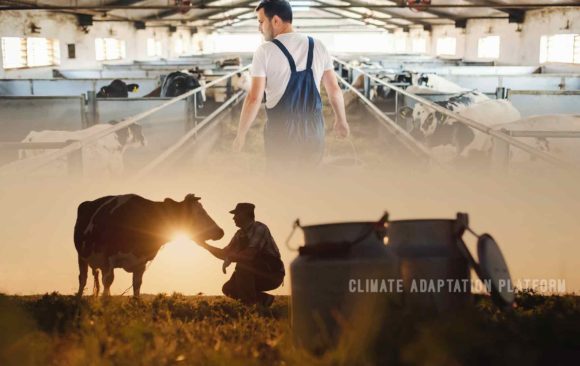
How Dairy Farmers Can Adapt to Warming Temperatures
A team of researchers led by Penn State agro-ecologists features farming practices that can help farmers adapt to warming temperatures.


Leave a Reply